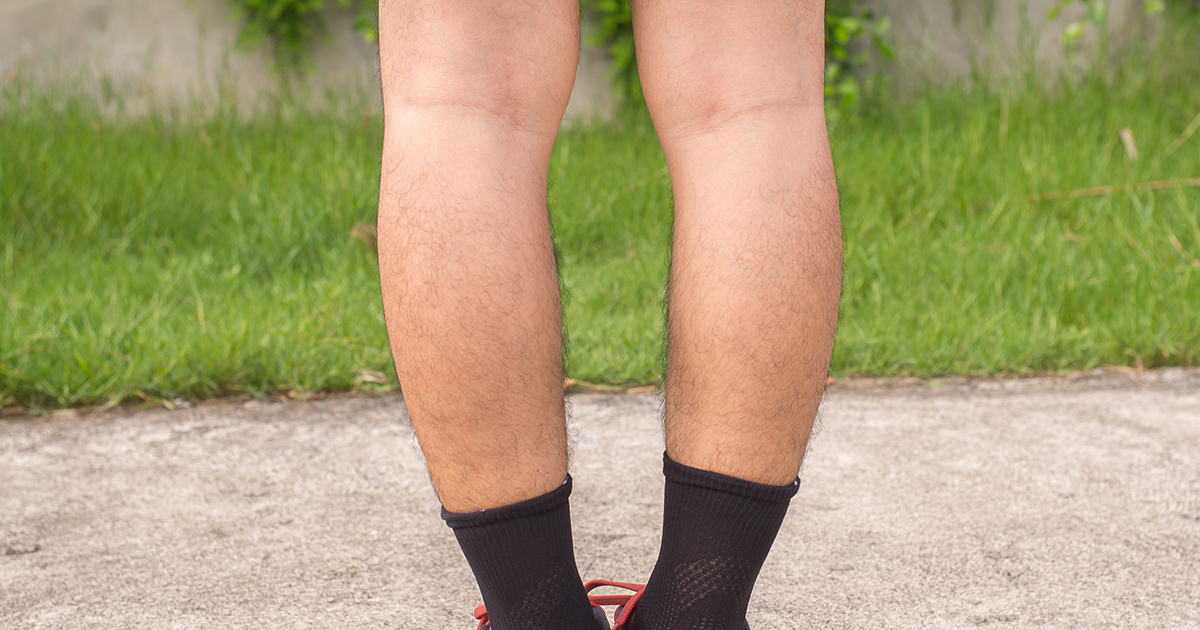Common Symptoms Of Rickets
Rickets is not as common as it used to be, at least not in the West. It is most often caused by a deficiency in vitamin D, the vitamin crucial to the development of strong bones and teeth in conjunction with calcium and phosphorus. If there’s not enough vitamin D in the body, calcium cannot be absorbed from the intestines, and the kidneys hold on to their stores of phosphorus. This leads to poor mineralization of bone structures, resulting in soft bones, which can’t hold up the architecture of the body properly. Though rickets is thought of as a disease of children, it can also affect adults. The adult form of rickets is called osteomalacia.
Bowed Legs

Bowed legs, also called genu varum, result because of the soft bones caused by vitamin D deficiency. Interestingly, all babies and toddlers have a bit of this until they are about three years old when the knees and the legs start to ossify and straighten out. Before this, the baby’s bones are largely made of more flexible cartilage. Ossification happens if the child receives their recommended daily allowance of vitamin D and other nutrients.
Genu varum after three or four years old can be corrected by proper diet and by not allowing the child to stand on their feet until rickets is resolved. Some children are given splints to straighten their legs. In adult patients, surgery is the only way to cure bowed legs permanently.
Muscle Weakness

The muscles of a patient with rickets don’t undergo the contractions or have the range of movement of normal muscles. This results in muscle weakness that may present as the patient not being able to perform tasks that come easily to healthy individuals, such as opening a jar or picking up a relatively lightweight object with one hand. With rickets, the muscles are weak because the bones of the skeleton are weak. The muscles are also poorly developed. Doctors will recommend not only vitamin D supplements for the child but also exposure to sunlight. The sun's ultraviolet rays stimulate the body to produce its own vitamin D, one of the vitamins the body can make on its own.
